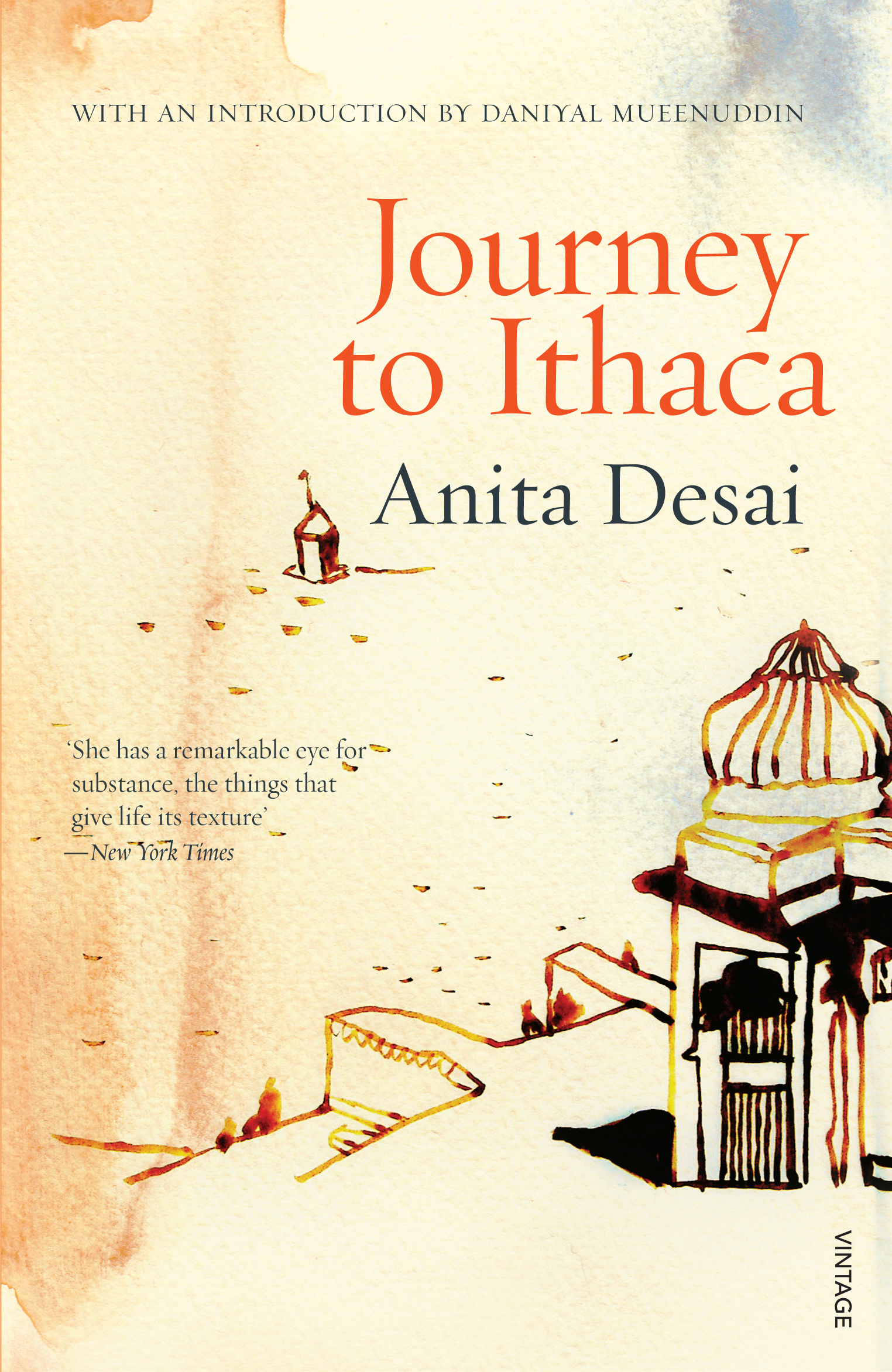
Journey to Ithaca
350.00₹ 280.00₹
Like so many other young Westerners in the 1960s and 1970s, Matteo leaves home to search for spiritual enlightenment in the ashrams of India. He believes he finds it at the feet of ‘the Mother’, but down-to-earth Sophie, who accompanies him, does not find her inspiring so much as mysterious, and decides to trace the Mother’s own story – from her travels with an Indian dance troupe in Paris, Venice and New York, to her search for divine love in India.
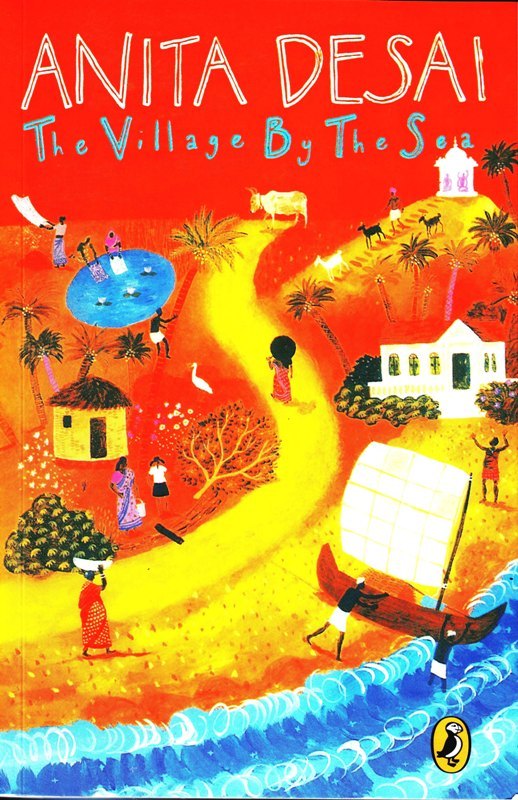
The Village By the Sea
299.00₹ 250.00₹
With their mother ill and their father permanently drunk, Hari and Lila have to earn the money to keep house and look after their two young sisters. In desperation, Hari runs away to Bombay and Lila is left to cope alone.
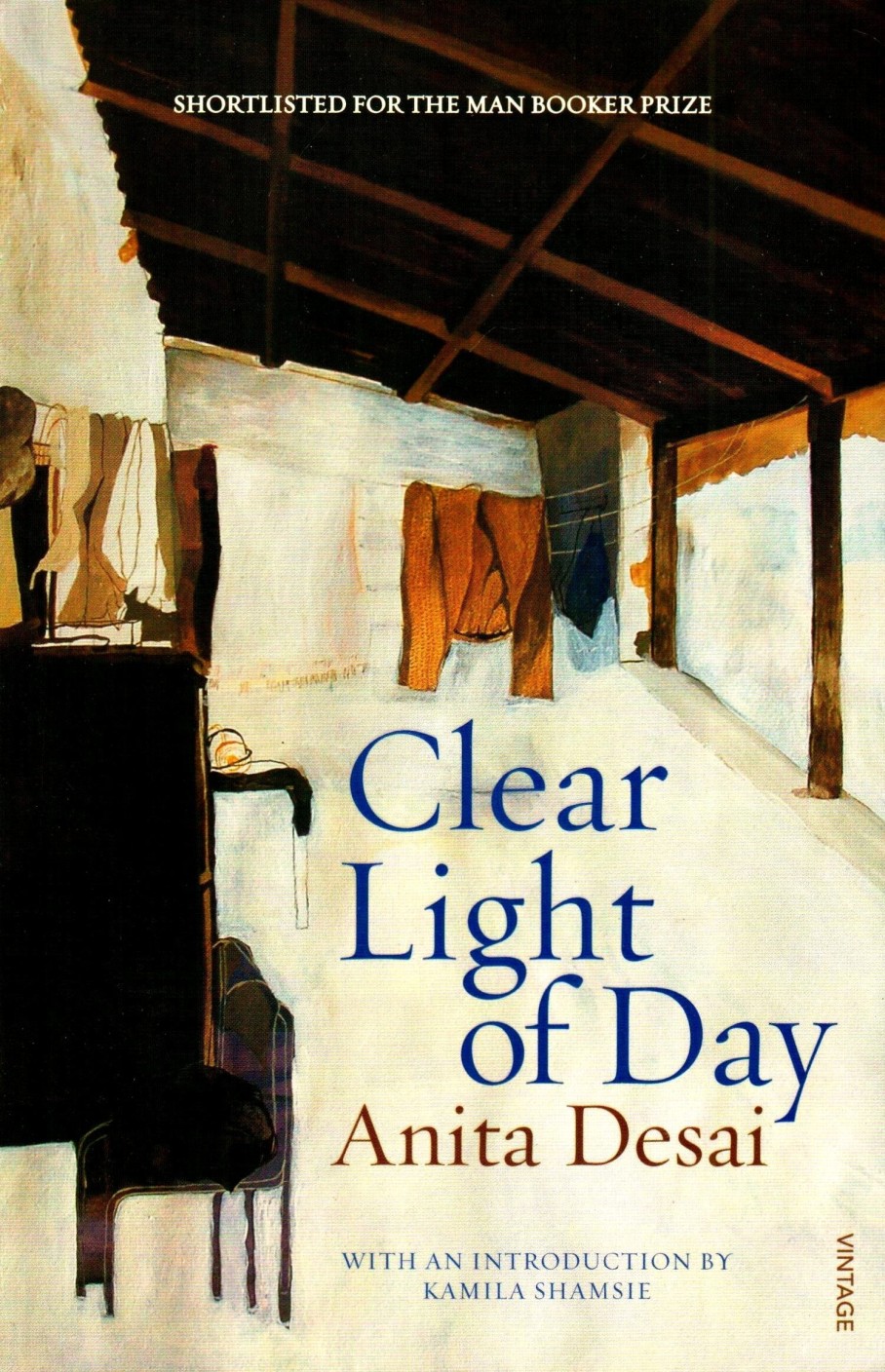
Clear Light of Day
350.00₹ 280.00₹
“Although it was shadowy and dark, Bim could see as well as by the clear light of day that she felt only love and yearning for them all, and if there were hurts, these gashes in her side that bled, then it was only because her love was imperfect and did not encompass them thoroughly enough, and because it had flaws and inadequacies and did not extend to all equally.”
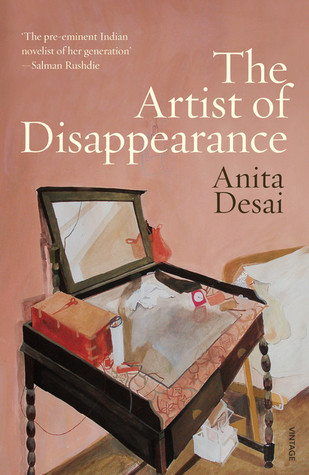
The Artist of Disappearance
250.00₹ 220.00₹
In ‘The Museum of Final Journeys’ an unnamed government official is called upon to inspect a faded mansion of forgotten treasures, each sent home by the absent, itinerant master. As he is taken through the estate, wondering whether to save these precious relics, he reaches the final – greatest – gift of all, looming out of the shadows.
In ‘Translator, Translated’, middle-aged Prema meets her successful publisher friend Tara at a school reunion. Tara hires her as a translator, but Prema, buoyed by her work and the sense of purpose it brings, begins deliberately to blur the line between writer and translator, and in so doing risks unravelling her desires and achievements.
The final story is of Ravi, living hermit-like in the burnt-out shell of his family home high up in the Himalayan mountains. He cultivates not only silence and solitude but a secret hidden away in the woods, concealed from sight. When a film crew from Delhi intrude upon his seclusion, it compels him to withdraw even further until he magically and elusively disappears…
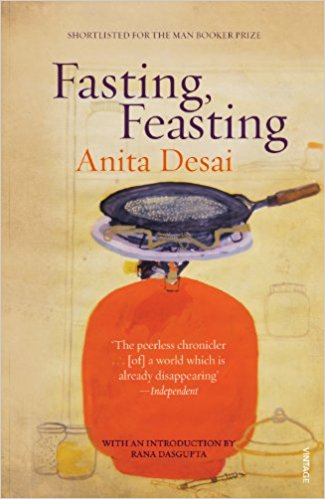
Fasting, Feasting
350.00₹ 280.00₹
Plain, unmarriageable Uma has failed to outgrow her childhood home, with its bittersweet treats of puri-alu and barfi. Overprotected and starved for a life, she is smothered by her overbearing parents, successful sister Aruna and Arun, the family’s disappointment of a son.
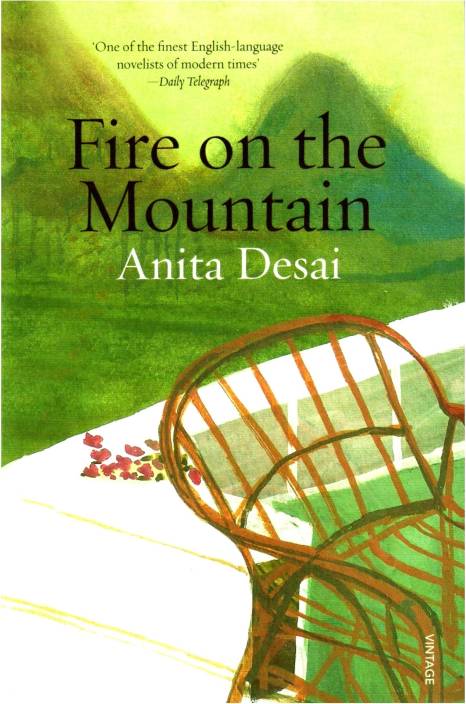
Fire on the Mountain
299.00₹ 250.00₹
Nanda Kaul is old. She has chosen to spend her last years high up in the mountains where she can arrange her thoughts into tranquility. But her solitude is broken when her fragile and secretive great-grand-daughter, Raka, comes to stay. It is an intrusion Nanda Kaul deeply resents, but this child has a capacity to change things. Through the long hot summer months hidden dependencies and old wounds are uncovered, until tragedy seems as inevitable as a forest fire on the hillsides surrounding the villa.
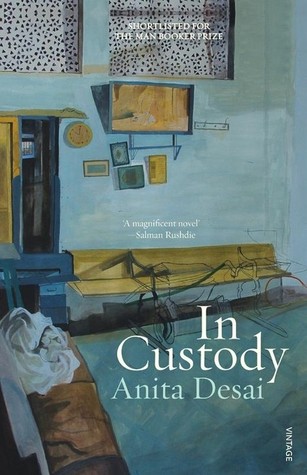
In Custody
299.00₹ 250.00₹
This is a novel about a small-town man, Deven, who gets the opportunity to go interview his hero, the great poet Nur, the greatest living Urdu poet. Having always loved Urdu poetry and missed the chance to be an Urdu language professor, he is charmed into going to Delhi the big city. Even though he shrinks at the idea of possibly being exploited by his sharp and selfish friend Murad, the dream of meeting Nur draws him on. So he sets off on a number of adventures on Sundays, the one free day that he should have spent with his wife and son.
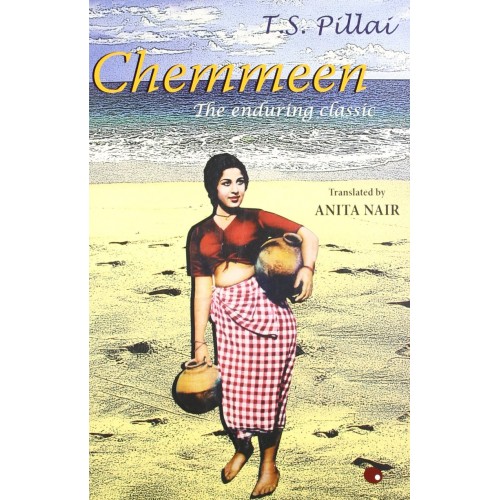
Chemmeen
350.00₹ 280.00₹
Chemmeen tells the story of the relationship between Karutthamma, a Hindu woman from the fisherfolk community, and Pareekkutty, the son of a Muslim fish wholesaler. Unable to live with the man she loves, Karutthamma marries Palani, who, despite the scandal about his wife\’s past, never stops trusting her, a trust that is reaffirmed each time he goes to sea and comes back safe since the \’sea-mother\’ myth among the fishermen community goes that the safe return of a fisherman depends on the fidelity of his wife. Then, one night, Karutthamma and Pareekkutty meet and their love is rekindled while Palani is at sea, baiting a shark …
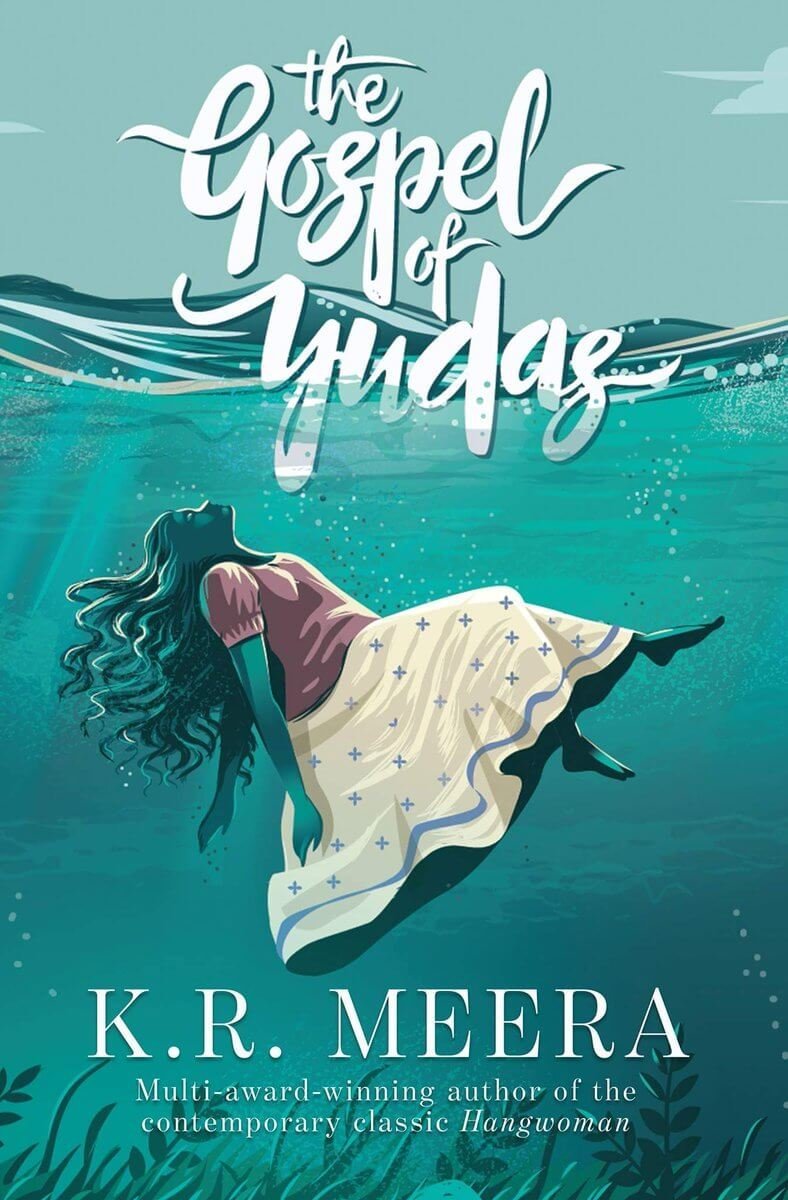
the Gospel of Yudaz
399.00₹ 310.00₹
“Young and impressionable, Prema is deeply infatuated with Yudas, the enigmatic man who dredges corpses from the bottom of the nearby lake. Longing to be rescued from the tyranny of her father, a former policeman who zealously tortured Naxalite rebels during the Emergency, Prema dreams of escape and finds herself drawn to the Naxal political ideology. Convinced that Yudas was one of the inmates at her father’s prison camp, Prema believes that only he can save her. But Yudas is haunted by secrets of his own, and like his biblical namesake Judas Iscariot, he bears the burden of crushing guilt. In her passionate pursuit of the mercurial Yudas, Prema is plunged into a world of terrifying truths and insidious lies. Ferociously powerful and utterly absorbing, The Gospel of Yudas raises alarmingly relevant questions about the politics of allegiance and the price of idealism. It is also a deeply human story about remorse, redemption and love.”
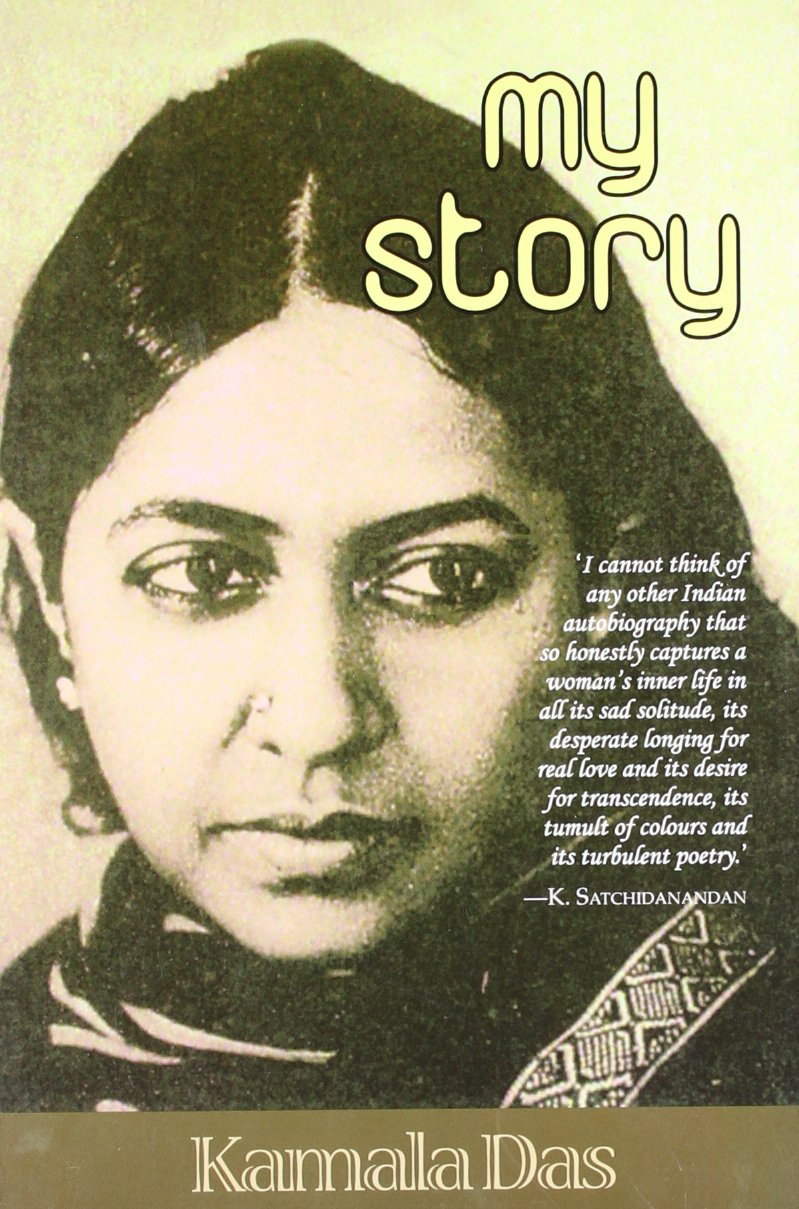
my story
299.00₹ 250.00₹
My Story is a chronologically ordered, linear narrative written in a realist style. In the book, Das recounts the trials of her marriage and her painful self-awakening as a woman and writer. The entire account written in the format of a novel. Though My Story was supposed to be an autobiography, Das later admitted that there was plenty of fiction in it.
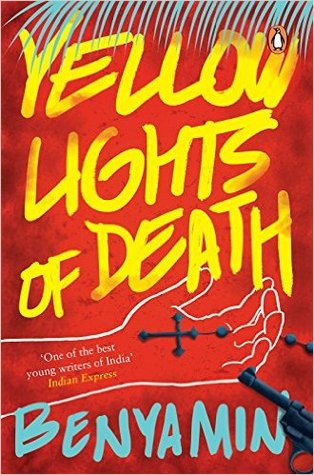
YELLOW LIGHTS OF DEATH
399.00₹ 310.00₹
In a café by the seaside, two friends, Christy Andrapper and Jesintha, witness the murder of a young man. When Christy discovers that it was Senthil, his classmate from school, who had been shot, he tries to follow up on the investigation. But the police deny such a crime ever took place. The hospital to which Senthil’s body was delivered insists he died of a heart attack.
Christy begins to suspect a conspiracy. Was he caught in the middle of a giant cover-up? How was his powerful family connected with it? As the mystery deepens, the story moves back and forth between the archipelago of Diego Garcia and peninsular India, delving into the very heart of early Christianity in India.
After the success and acclaim of Goat Days, Benyamin crafts a clever and absorbing crime-novel-within-a-novel that is dazzlingly inventive and hugely enjoyable.

The DEMON SEED and other writings
599.00₹ 450.00₹
The novel tells the story of Govindankutty, a young unemployed Nair boy. When his wealthy brother-in-law takes him on as the manager of his property, and a marriage is arranged for him, Govindankutty dares to dream for the first time in his life. He brings his bride home, eager to start life afresh, but discovers to his horror that she is already pregnant by another man-his urbane lawyer-cousin Krishnettan. Shattered by the knowledge that his family had connived to betray him, Govindankutty goes berserk. Finally, estranged from home and village, he converts to Islam in the ultimate gesture of defiance. Tautly written and brilliantly characterized, The Demon Seed is a powerful novel about a society in transition. The collection also brings together six of MT’s best stories, including ‘Vanaprastham’, The Jackal’s Wedding’ and ‘Sherlock’. Also included are ‘The Era of Ramanan’, an essay on the impact of the first modem verse romance in Malayalam, and a beautifully crafted piece on contemporary cinema.
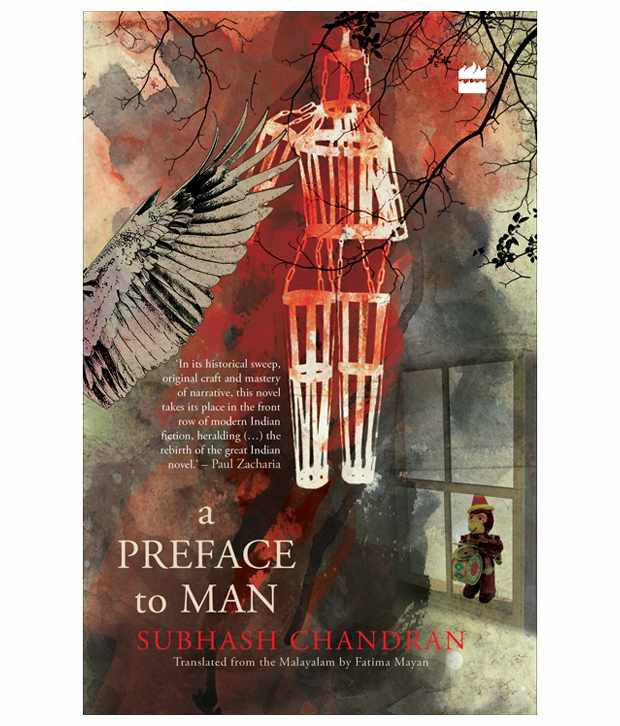
a PREFACE to MAN
499.00₹ 380.00₹
Ann Marie reads fragments of her dead husband’s unfinished book, and the many love letters he sent her, and in them the social and political events of the time. As she ponders the writing and the years that the brilliant Jithendran squandered working for a toy company that makes drum-playing monkeys, the narrative gives way to the sweeping saga of a village by the river Periyar. Grappling with issues of equality, love, caste, religion and politics, Thachanakkara is a microcosm of twentieth-century Kerala. Told through the history of three generations of a feudal Nair family, this sprawling story is reminiscent of the craft of Gabriel Garcia Marquez’s A Hundred Years of Solitude and has the scale of Sunil Gangopadhyay’s Those Days. A Preface to Man is an artistic meditation on human existence and is a contemporary classic.
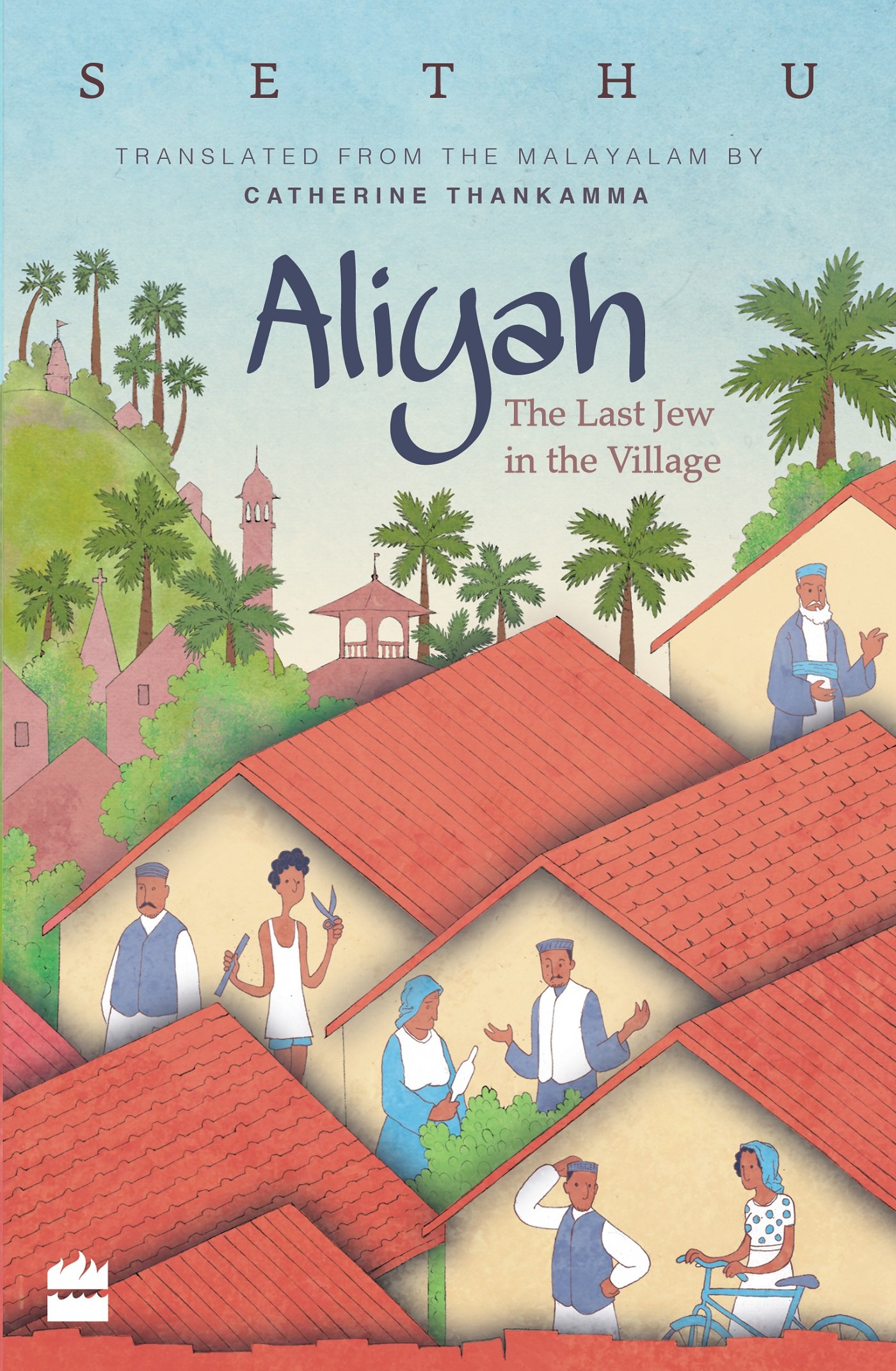
Aliyah : The Last Jew in the Village
399.00₹ 310.00₹
An alluringly graphic narration of a little-discussed chapter of Kerala’s and the world’s history: the migration of the black Jews to the promised land of Israel. It is a moving tale of the reluctant migrants torn between two loyalties: to their native soil and to their Jewish identity. Fiction here turns into a site for raising some of the vital ontological questions of the post-globalized world: about identity, being, becoming and belonging. A gripping novel that moves from the past to the future and from strange dreams to stranger reality.
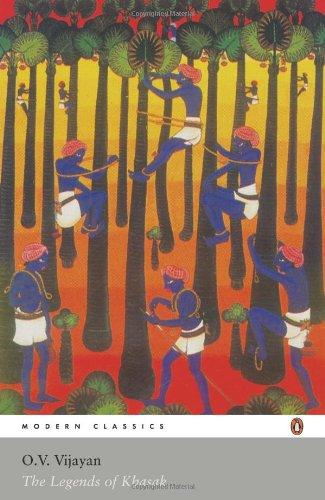
The Legends of Khasak
250.00₹ 220.00₹
The Legends Of Khasak revolves around an under-graduate dropout named Ravi, who has had an illicit affair. Overcome with guilt, the young man leaves behind a research offer from Princeton University, and goes off on a long pilgrimage. Ravi finds himself in Khasak, a remote village in the beautiful Palghat countryside of Kerala. His guilt and anguish make him go through an existential crisis as well.
In this new place, Ravi sets up a makeshift school with the help of the District Board s education initiative. The elders in the village see him as a threat, and doubt his intentions. The Legends Of Khasak describes Ravi s interaction with the villagers, as well as with the students of his school. Through these encounters, the author showcases many superstitions and myths that exist in this part of the world. The protagonist also realizes that karma follows a person, no matter where he goes.
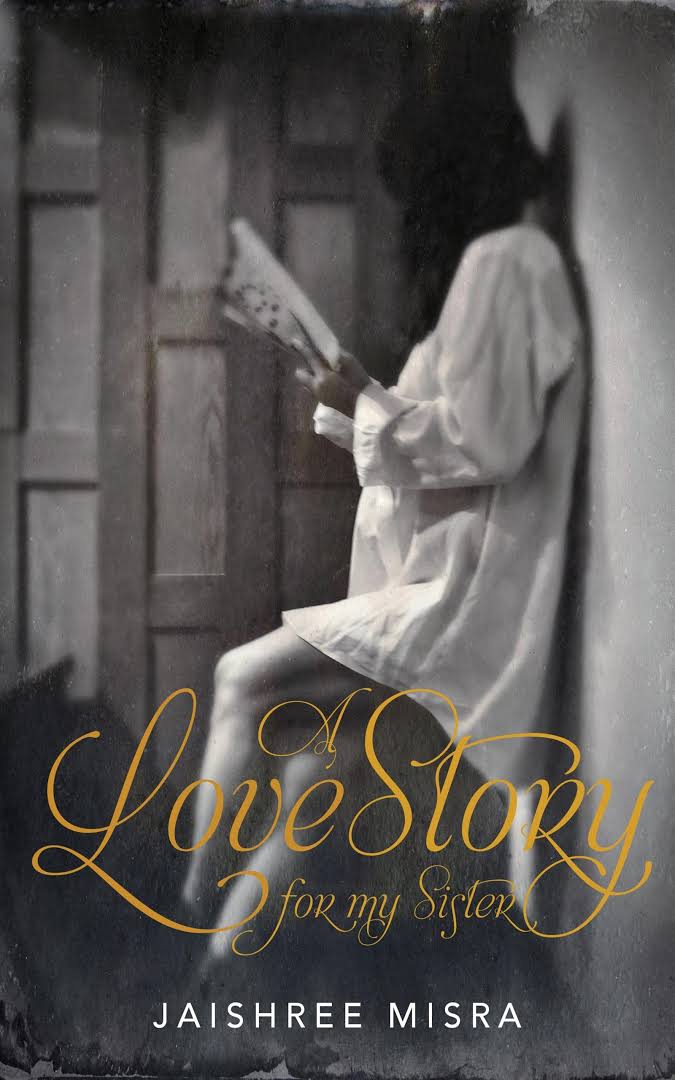
A Love Story for my sister
350.00₹ 280.00₹
1857: Eighteen-year-old Margaret Wheeler, daughter of General Wheeler, is kidnapped during the uprising. 1997: Eighteen-year-old Delhi schoolgirl Tara Fernandez is kidnapped and murdered. Two crimes of passion separated by 140 years, but bound by strange similarities. In 2013, Tara’s little sister, Pia, is a young aspiring novelist, investigating the curious story of Margaret, one of the first known ‘victims’ of Stockholm Syndrome. She married the soldier who had kidnapped her during the 1857 massacres, and went on to live, seemingly happily, as a Muslim. When Pia stumbles upon Margaret’s private journal and letters, she finally begins to understand how it might have been possible for her to fall in love with her captor. But the more compelling question before Pia is whether her sister might have been similarly in love. Why else did she not return home when she clearly had the chance? But, if she had been in love, why was she eventually killed? Moving gracefully between the gruelling summer of 1850s’ Kanpur and the leaden grey winter of modern-day Delhi, Jaishree Misra weaves an intriguing tale of danger and violence and the human capacity for hope.
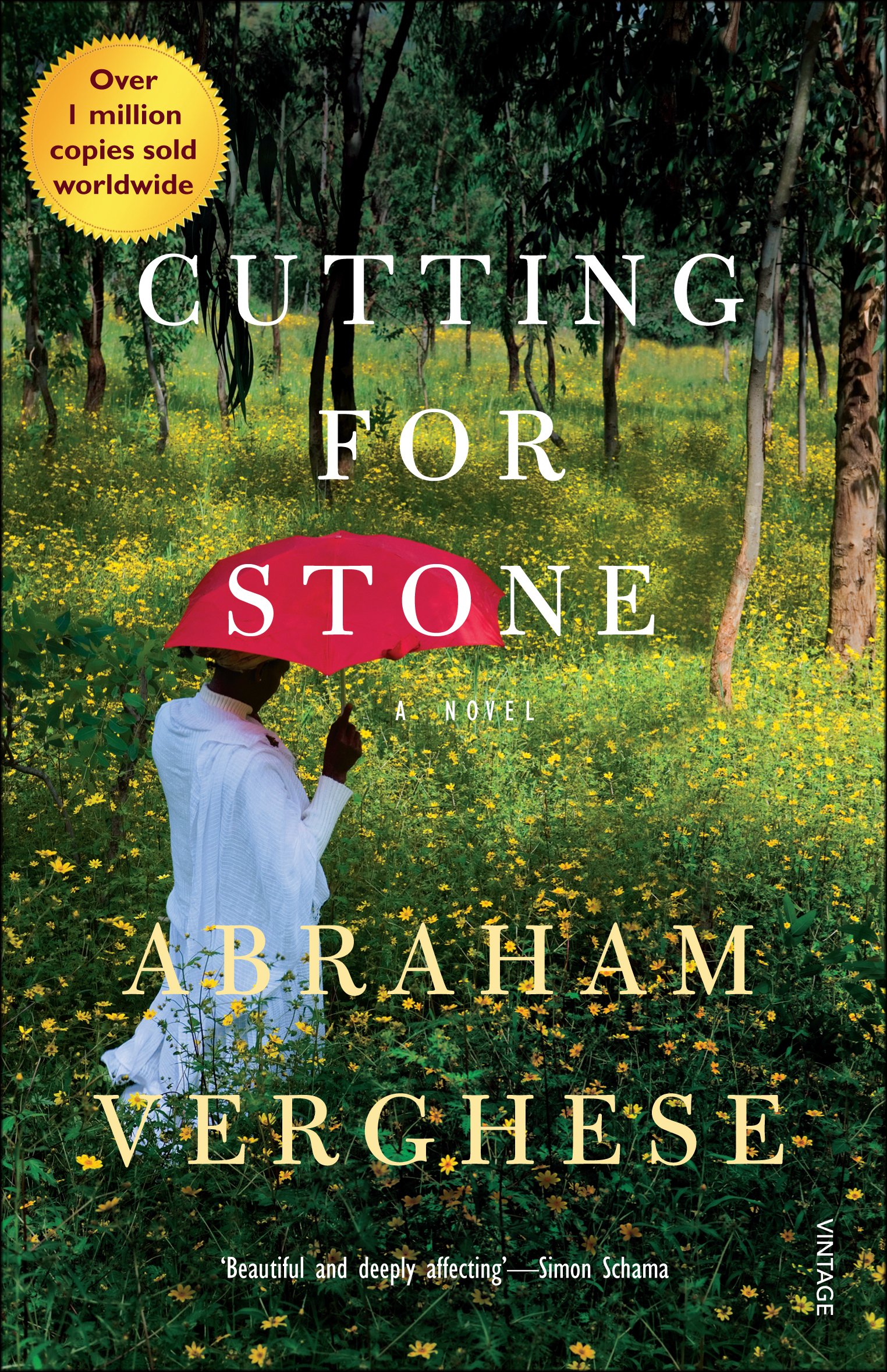
CUTTING FOR STONE
499.00₹ 380.00₹
Marion and shiva stone are twin brothers born of a secret union between a beautiful Indian nun and a brash british surgeon. Orphaned by their mother’s death and their father’s disappearance and bound together by a preternatural connection and a shared fascination with medicine, the twins come of age as Ethiopia hovers on the brink of revolution. Moving from addis ababa to new york city and back again, cutting for stone is an unforgettable story oflove and betrayal, medicine and ordinary miracles — and two brothers whose fates are forever intertwined.
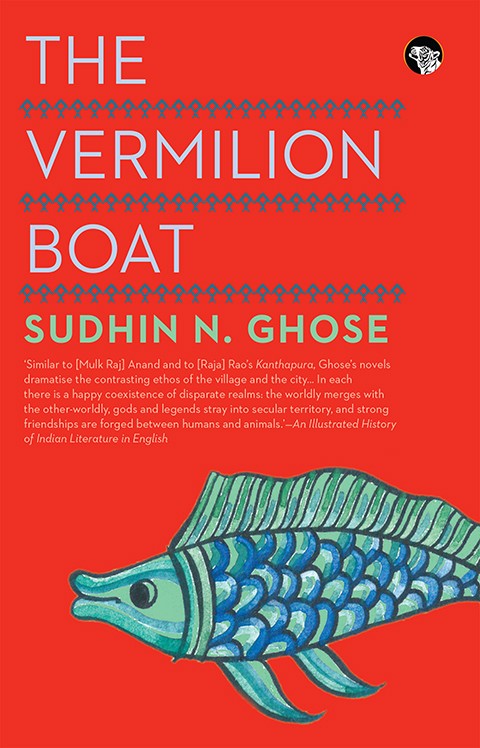
THE VERMILION BOAT
399.00₹ 310.00₹
‘Sisi-Magar became my boat, and straddled on its back I was transformed into a sea-god—one who defied the elements and to whom the wind and the waves paid homage. They no longer raved about death, but spoke of abundant life.’
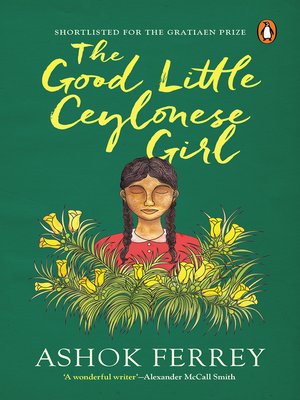
The Good Little Ceylonese Girl
299.00₹ 250.00₹
Our Sri Lankan narrator visits his friend Joe in Italy, where Joe attends a special course—in higher (or, shall we say, lower) studies in women. Italians—much like Sri Lankans—live at home through marriage, death, and sometimes even beyond the pale. An accompanying string of fake fiancés and phoney engagements are the backdrop to this delightful collection of darkly humorous tales about Sri Lankans at home and abroad. Long years and many miles away, Colombo’s Father Cruz attempts to rescue a church from parishioners who like to put their donations where others can see them—on large plaques; on the coast, a retired Admiral escapes the tsunami on an antique Dutch cabinet; two childhood sweethearts, in time-honoured Sri Lankan tradition, are married off to strangers. Ashok Ferrey writes about Sri Lanka and its people, wherever they roam, with remarkable acuity. He writes of the West’s effect on Sri Lankans, of its ‘turning them into caricatures, unmistakably genuine but not at all the real thing’. In The Good Little Ceylonese Girl, his second collection of stories, he shows us the reality beyond those feeble sketches, in its full glory.
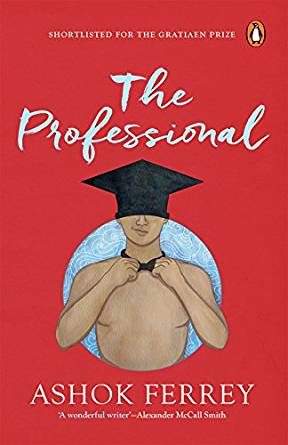
The Professional
299.00₹ 250.00₹
It is a universally acknowledged truth that an immigrant in England must be in want of a visa. In 1980s London, young Sri Lankan Chamath, recently down from Oxford with a degree in Maths, struggles to reconcile himself with the workplace. When his father writes him to say, ‘You’re on your own now, mate’, assuming that the magic word ‘Oxford’ will open any door to him, he realizes that push must now come to shove. Working on a building site as a casual labourer, he is approached by two men who ask him whether he would like ‘a bit of work after hours, to earn some dosh on the side’. Chamath gets dragged down below the invisible grid that exists in any big city, into a blue-grey twilight world of illegals. Hired as a male escort, a ‘professional’, a career at which he excels to his great surprise, he finds an unlikely means of making his way through the world. Then, two former clients, an older couple, decide to rescue him—with disastrous consequences. Masterfully and hilariously told, The Professional is sage, canny and witty as Ashok Ferrey always is; an exploration of the nature and meaning of love, of time, of memory.





















